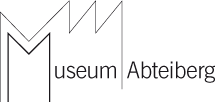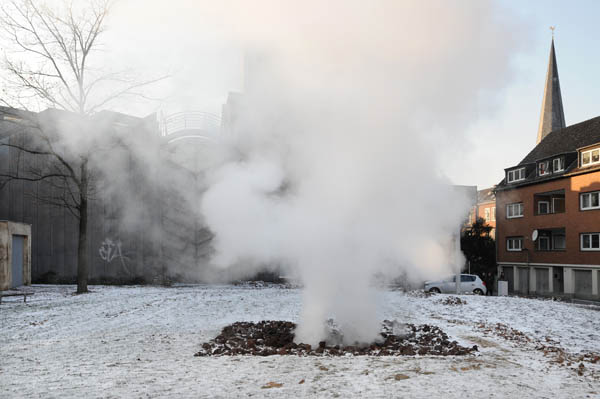The work of the American artist Robert Morris (*1931) is of outstanding importance to the development of contemporary art. Often remembered only in reduced minimalist forms – along with Carl Andre, Donald Judd or Dan Flavin – his has been a multimedia oeuvre from the start, defined no longer by style or form, but by changing artistic methods and entirely new intentions in the real of art history and art theory. Morris investigated the role of art after the end of the modern avant-gardes. He looked at the role of the art object and its relationship to the viewer. In so doing, he already discovered in the early 1960ies the need for a more comprehensive engagement with cultural history in contemporary art and the potential for a new function of sculpture. The exhibition project therefore proceeds with a thesis that may astonish some observers: after Joseph Beuys and Andy Warhol, Robert Morris is one of the most important artists at the end of the modern avant-gardes.
The exhibition project at Museum Abteiberg is already in progress with the work Steam (1967), which has been installed in the outdoor area of the museum since 29 November 2009 as a project that presents the diverse media employed by Robert Morris. In contrast to the 1994 exhibition at the Guggenheim Museum in New York (followed by Centre Pompidou in Paris and Deichtorhallen in Hamburg), this exhibition does not aim to present a comprehensive retrospective, but a spatial essay that evolves from or in close relation to the architecture and collection history of Museum Abteiberg. The exhibition presents Morris’ sculptures of the 1960ies (Two Columns, Three L-Beams, Mirror Cubes) and the transition to Anti-Form that followed (Felt Piece, Threadwaste), as well as Morris’ adaptions of the self-portrait (EEG Selfportrait, Brain, Pine Portal, Portal with Mirror) and 12 films by the artist whose presentation is partly integrated into the art objects and partly has its own theatre- and cinema-type locations. A cabinet presentation shows the series of drawings Crisis (1962/1991) in which the characteristic encoded nature of social or political enlightenment becomes especially evident:”… This was a plea as well to break the hermeticism of “fine art” and to let the world on other terms than image depiction.“ (R. Morris, Some Comments on the Phenomenology of Making: The Search for the Motivated, 1969).
The texts by Robert Morris played a very important role in the art historical and theoretical self-reflection in the visual arts that should be rediscovered today. This is why texts by the artist serve as the communicating medium of this exhibition. Visitors will receive a notebook with about 25 extracts from Morris’ writings, beginning with his „Notes on Dance“ and the famous series „Notes on Sculpture“ (1966–1969).
Robert Morris will be present himself on Saturday, 24 April and hold a lecture at Museum Abteiberg which will highlight the continuing salience of his art theoretical thinking. He will be joined by Gregor Stemmrich, Professor of Modern Art History at Freie Universität Berlin, who compiled a commented edition and analysis of Morris’ media installation Hearing (1972) on the occasion of this exhibition.
Further publications are to document the importance of the research aspect of this exhibition. For the first time, a more extensive German-language translation of Robert Morris’ writings will be published in early summer 2010, compiled and translated by Susanne Titz and Clemens Krümmel. At the same time, the study „Listening to Hearing“ by Gregor Stemmrich will be published as a book.
This extensive exhibition and publication project is supported by the Minister-President of North-Rhine Westphalia, Kunststiftung NRW and Hans Fries-Stiftung.
The realisation of the installation Steam was supported by companies and private supporters from Mönchengladbach:
Innung Sanitär-Heizung-Klima Mönchengladbach, Schalm GmbH, Hepp-Schwamborn GmbH & Co.KG, Ernst Kreuder GmbH & Co.KG, Stadtsparkasse Mönchengladbach, Parkhaus Abteiberg, D + W Parkhaus GmbH, Architekturbüro Hans-Joachim Schoor, Kalthöfer Telekommunikation GmbH, Abbruch- und Entsorgungsbetrieb Herzog KG, Museumsverein Mönchengladbach


